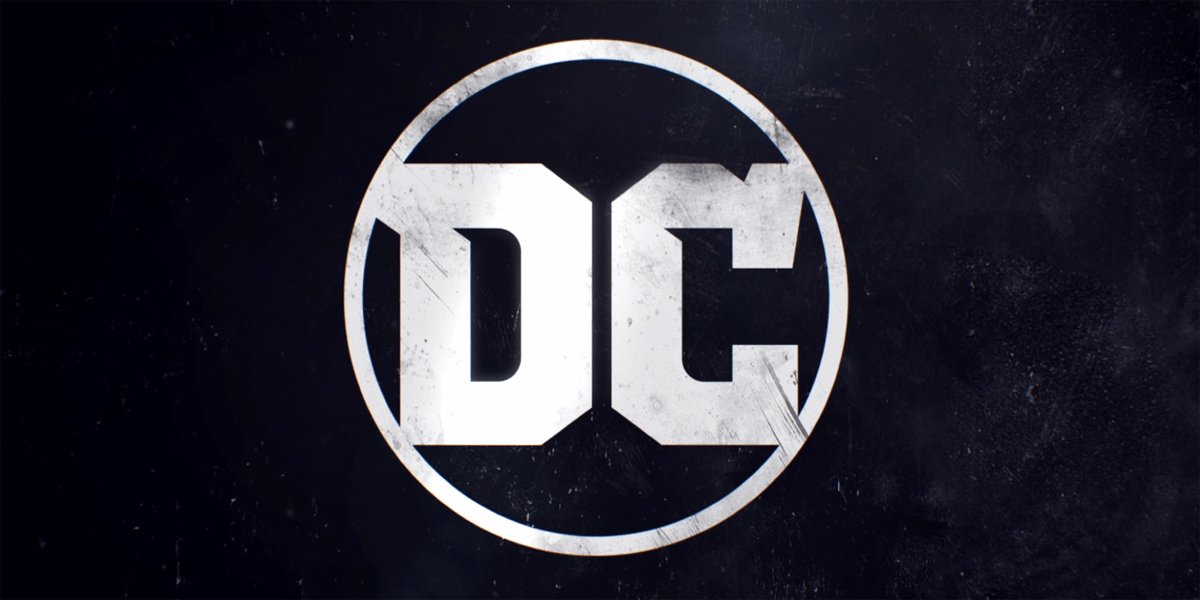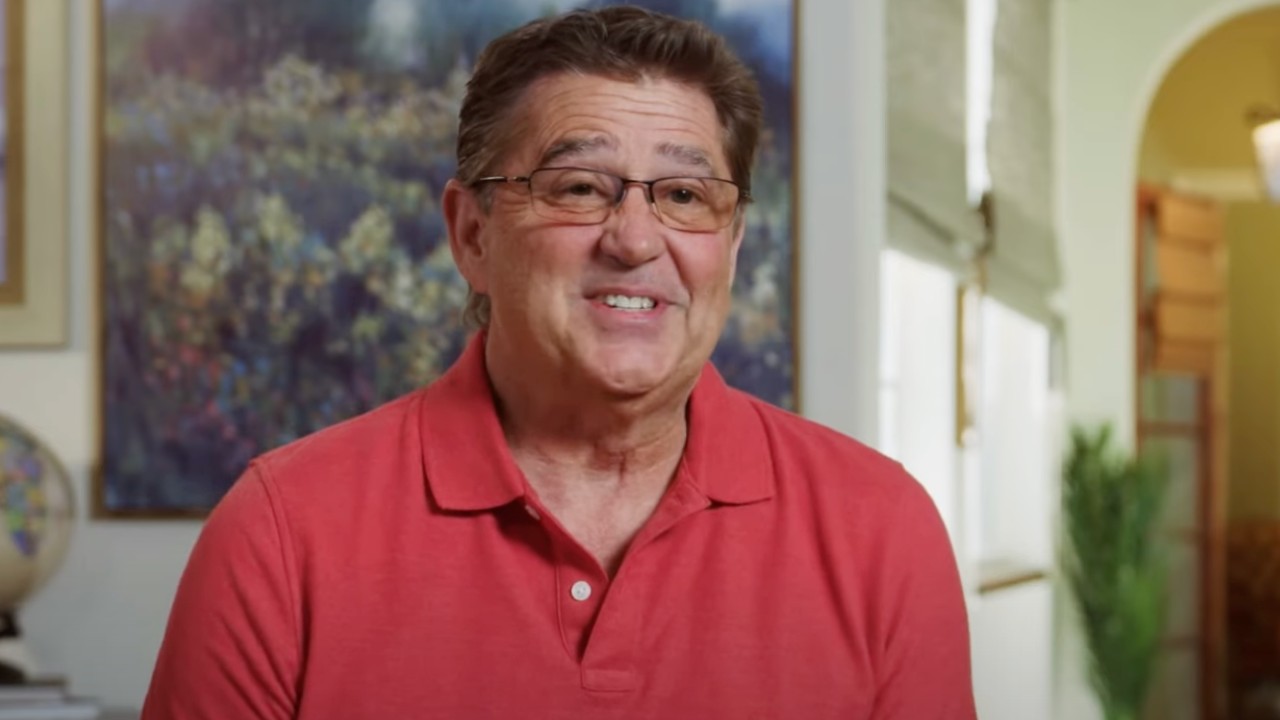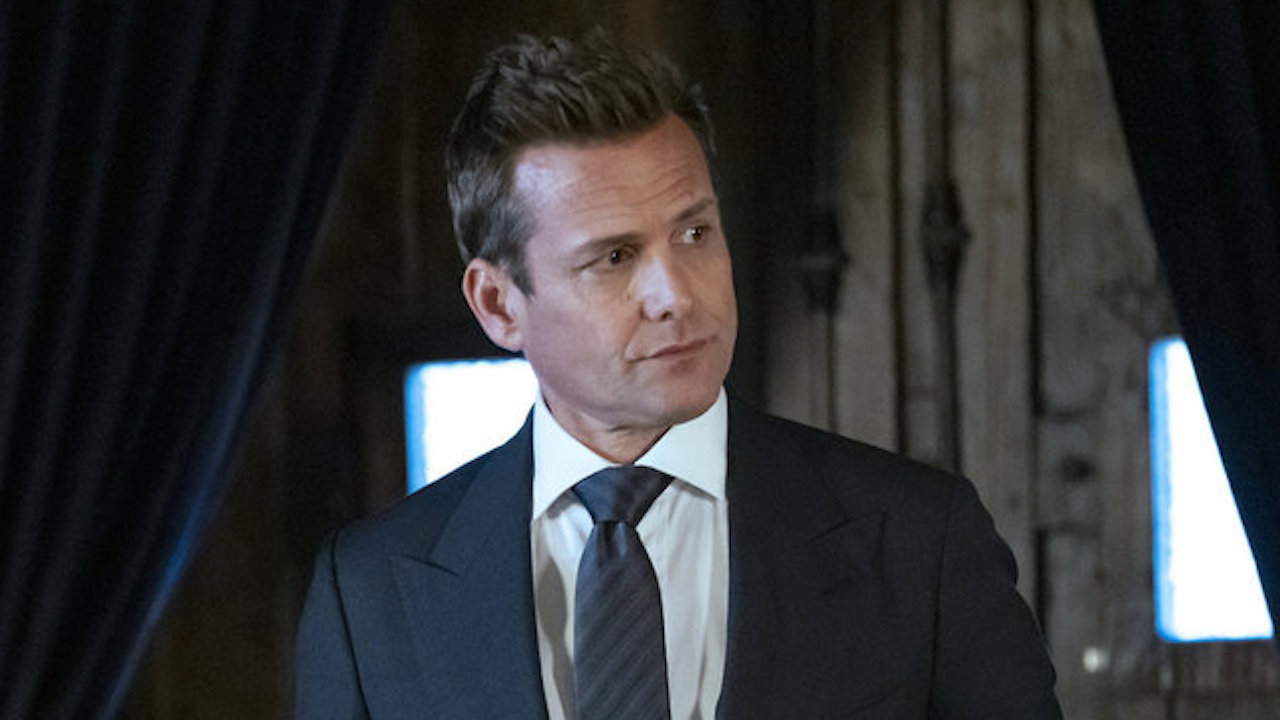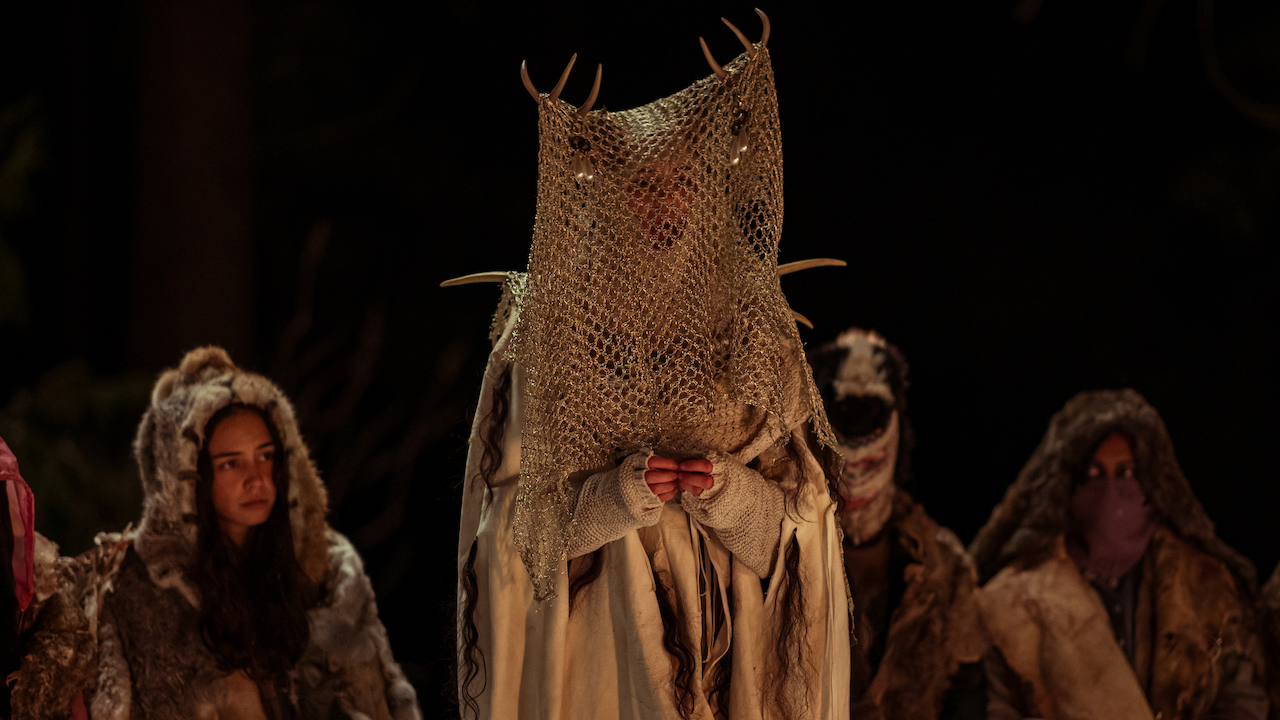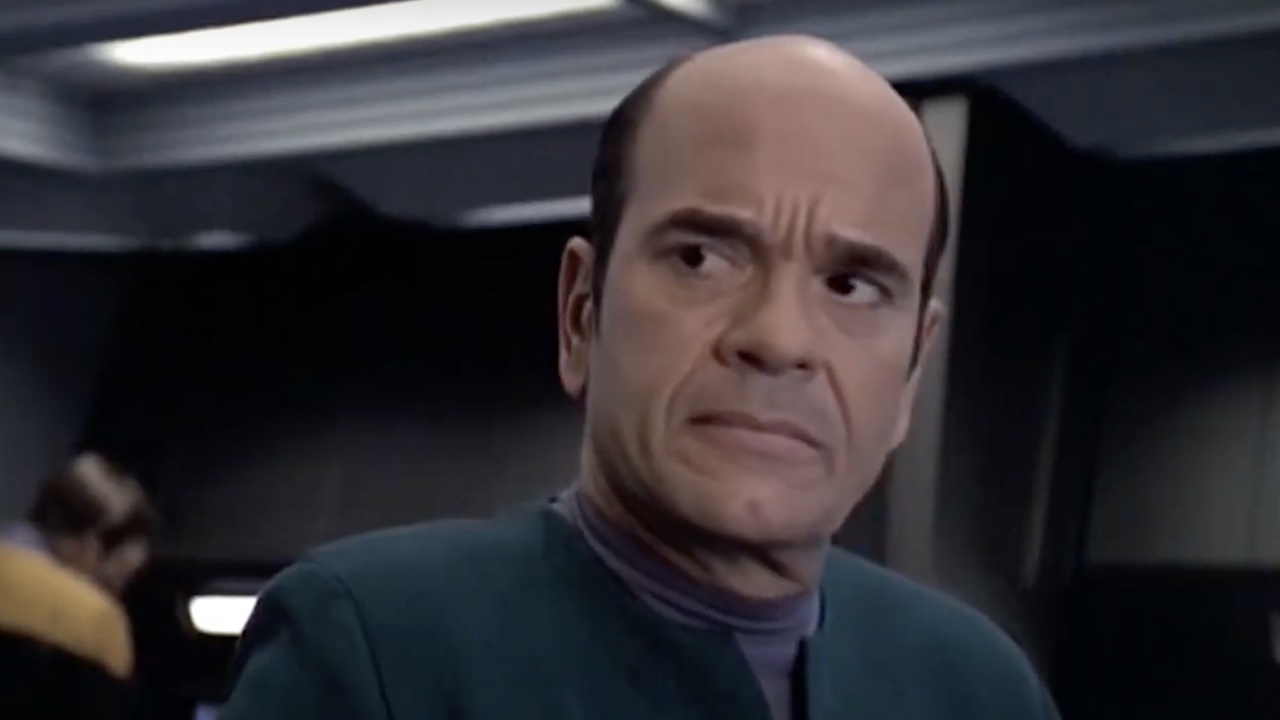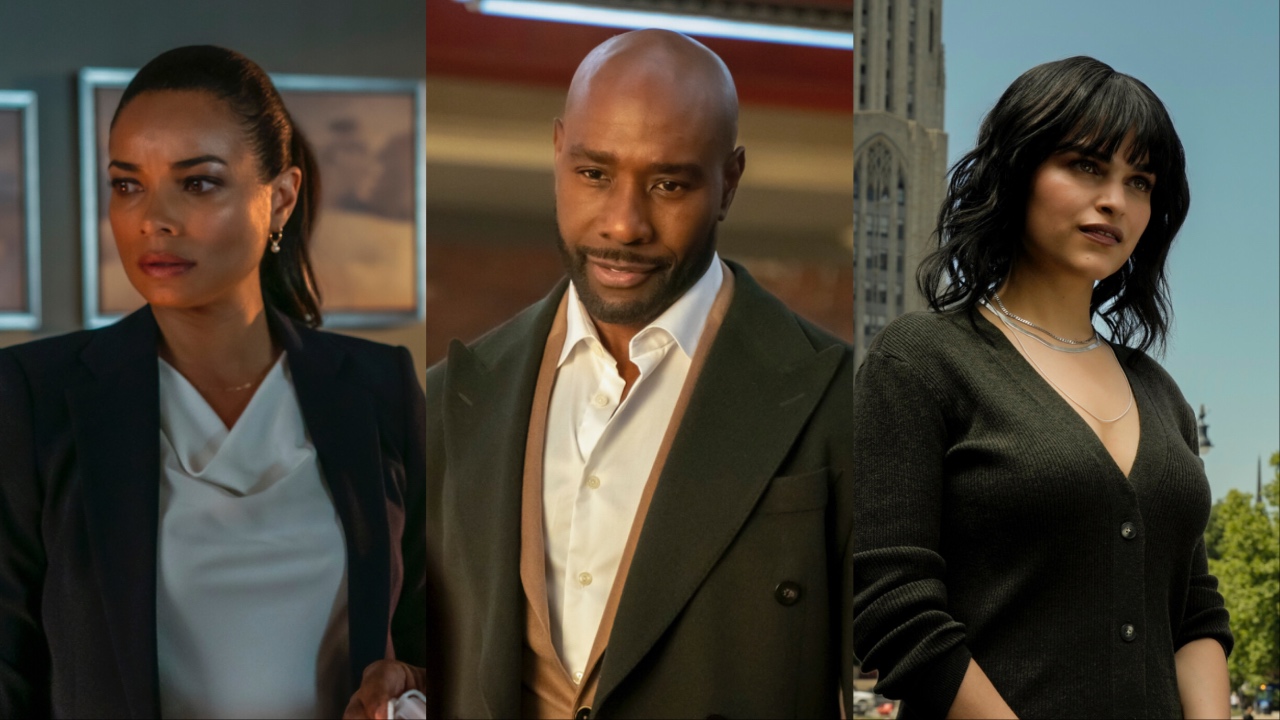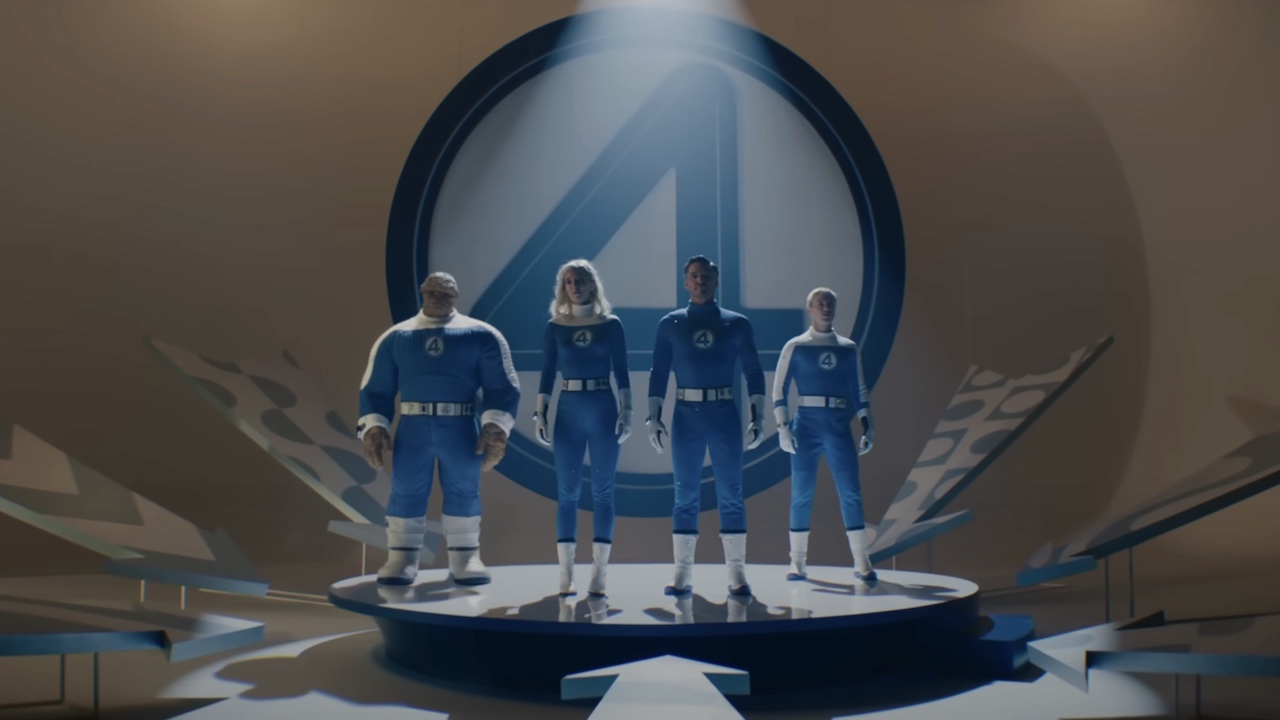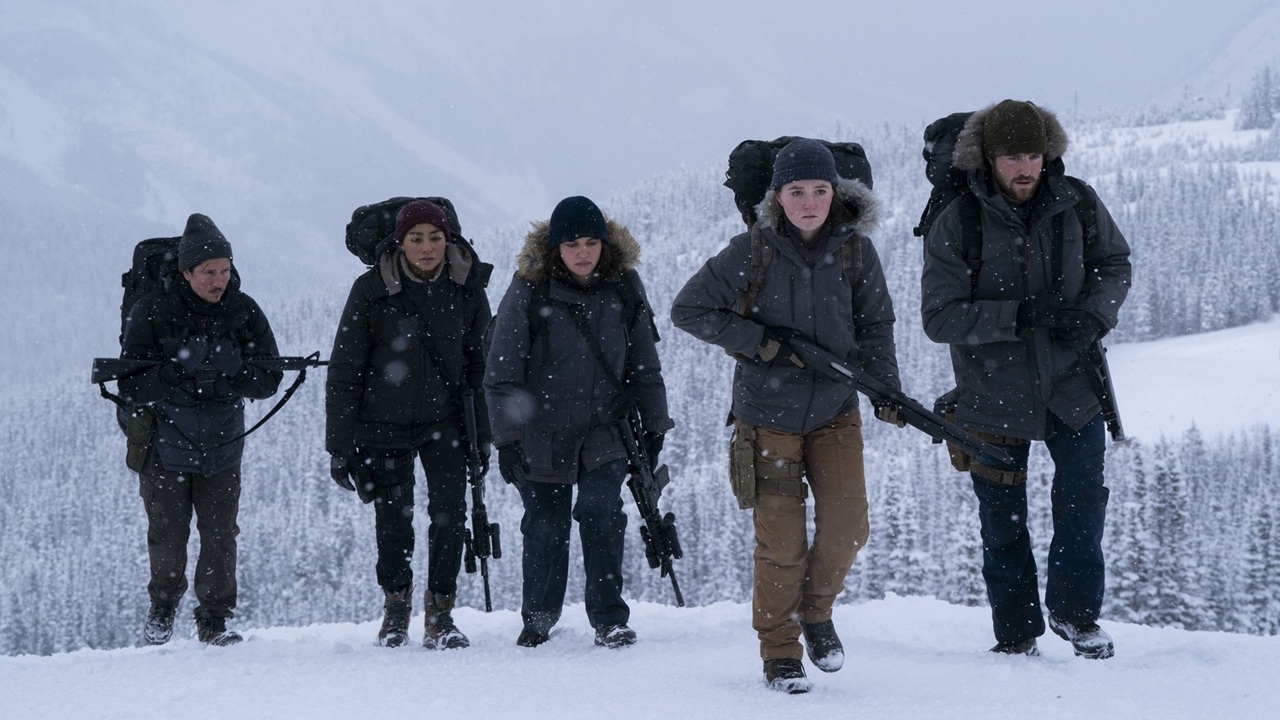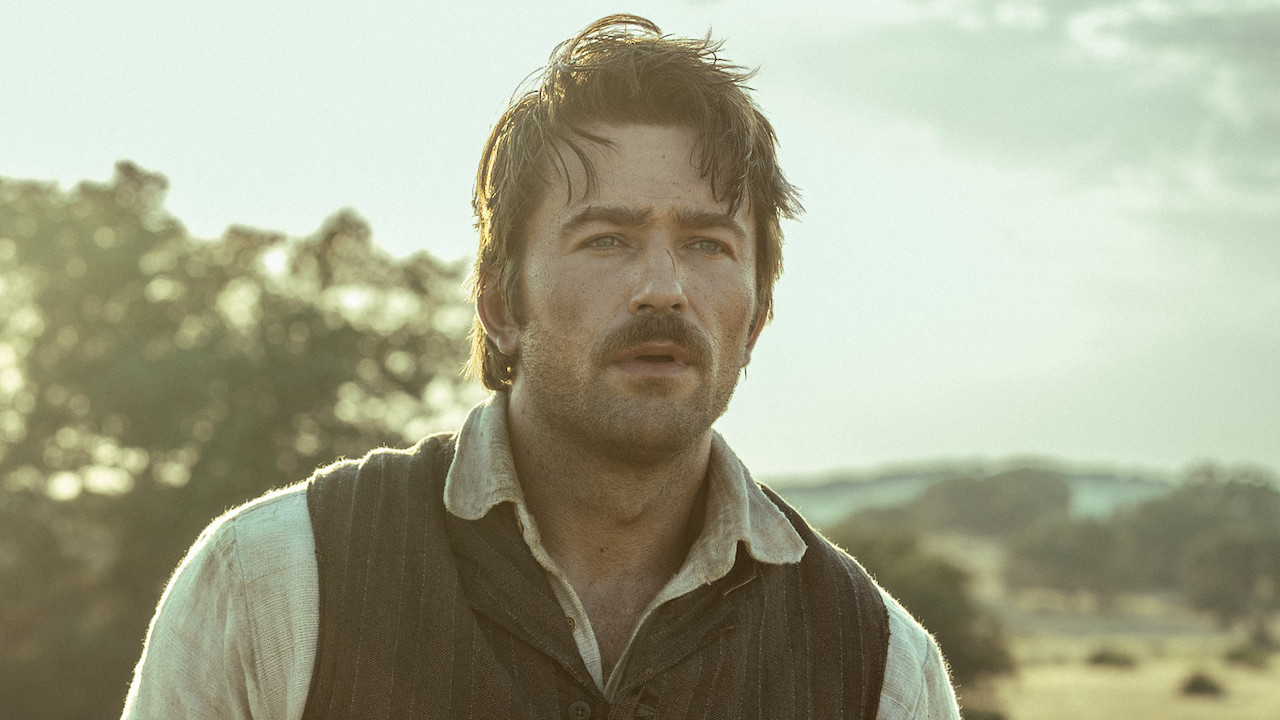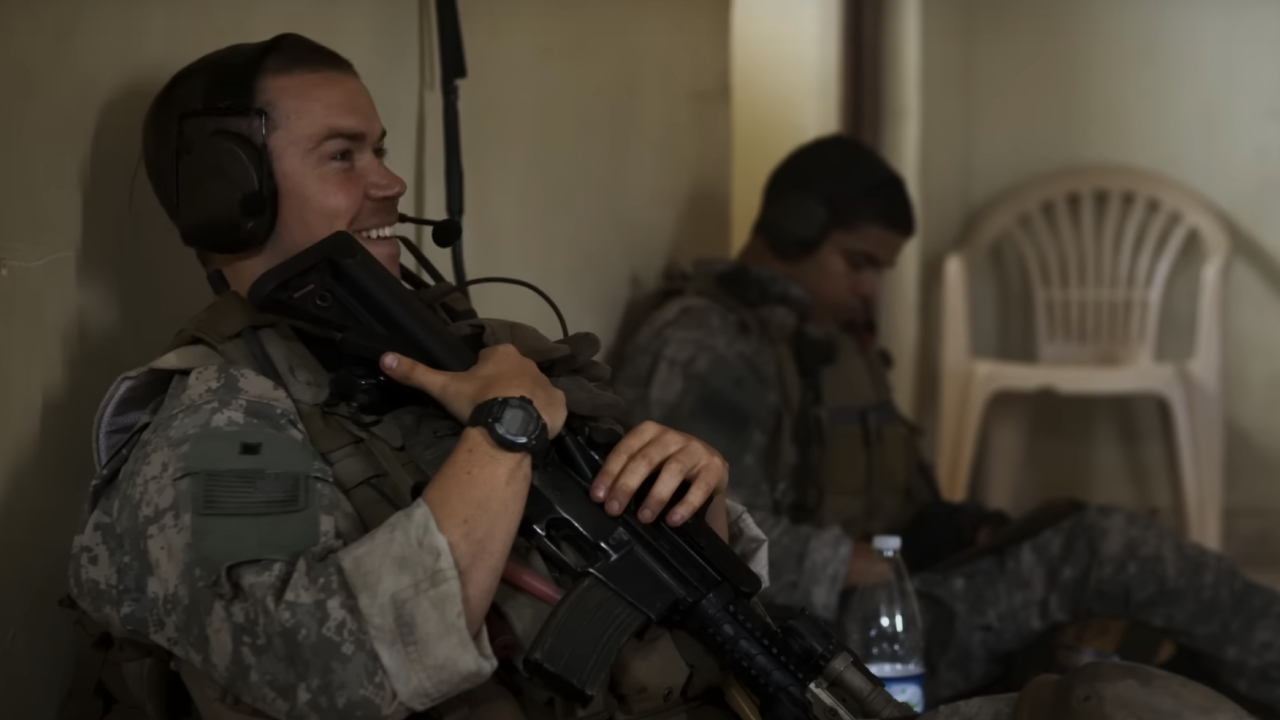The Suicide Squad End Credits Scenes: James Gunn Explains What They Mean For Future Stories
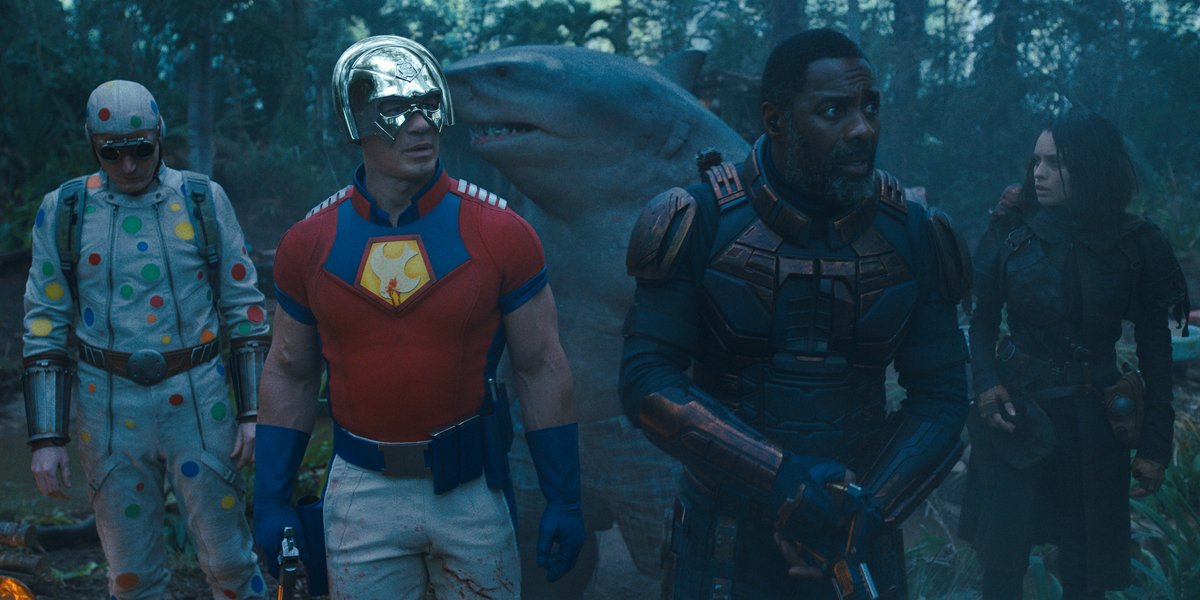
SPOILER WARNING: The following article contains massive spoilers for The Suicide Squad. If you have not yet watched the film, continue reading this article at your own risk!
Unlike films in the Marvel Cinematic Universe, the features released as part of the DC Extended Universe have a bit of a hit-and-miss pattern when it comes to including end credit scenes. For example, you can discover bonus sequences in both James Wan’s Aquaman and David F. Sandberg’s Shazam!, but you won’t find them in either Patty Jenkins’ Wonder Woman or Cathy Yan’s Birds of Prey (and the Fantabulous Emancipation of One Harley Quinn). Because of this, it wasn’t always a guarantee that fans would see a coda featured in James Gunn’s The Suicide Squad – but as anyone who has now seen the movie can attest, it sports not just one, but two extra scenes during the credits.
Both end credits sequences feature events that change some big moments in the main body of the movie, but their larger impact doesn’t stop there. As noted by James Gunn in the clip from my interview featured at the top of this article, the post-credits bit also wound up giving Gunn the opportunity to change his plans for the upcoming Peacemaker series for HBO Max – specifically the ability to change it from being a prequel series to a sequel series. We’ll get deeper into that in a moment, but let’s first recap what actually happens in The Suicide Squad end credit scenes.
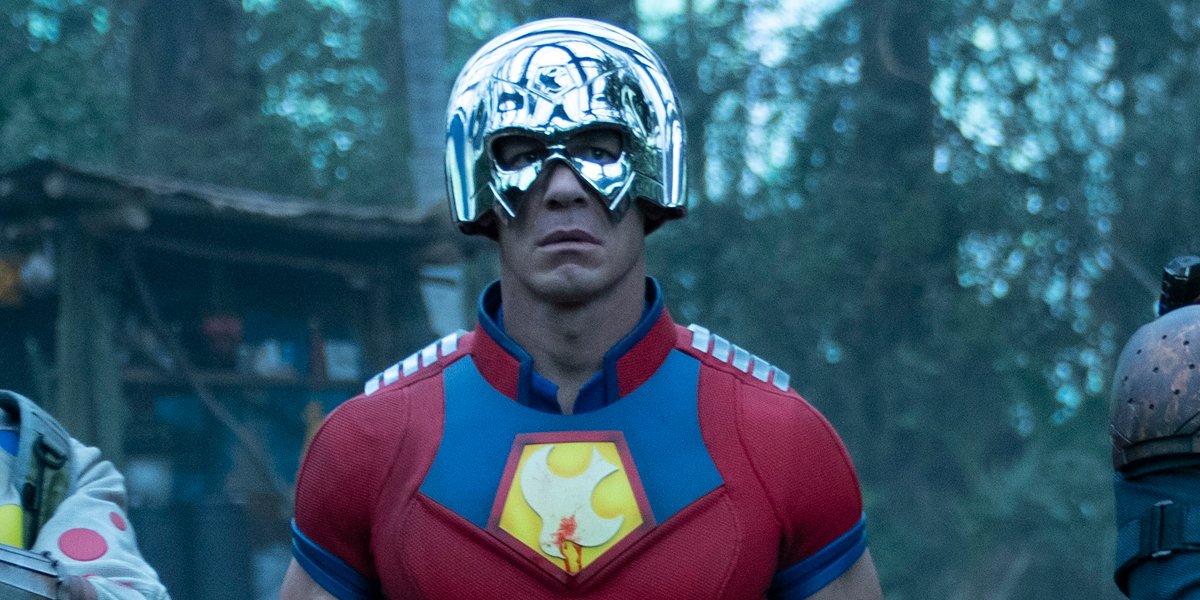
What Happens In The Suicide Squad’s End Credit Scenes
After The Suicide Squad concludes its flashy cast sequence at the top of the credits, audiences are taken back to the principal location from the start of the film: the south beach of Corto Maltese. There, Weasel’s body remains, abandoned after Savant (Michael Rooker) proclaimed that he had drowned. It turns out, however, that the man-sized, fur-covered creature is not dead, and he chokes up water before his manic eyes pop open. He gets to his feet and simply waddles off, presumably aiming to live as much life as possible before Amanda Waller (Viola Davis) and/or members of Waller’s team discover that he is alive and trigger the explosive at the base of his skull.
Weird as it is to learn that the first character to die in The Suicide Squad is actually alive, the sequence that then plays out at the conclusion of the end credits reveals that Weasel isn’t the only slotted under the category of “presumed dead/actually alive.”
The action picks up in a hospital where John Economos (Steve Agee) and Emilia Harcourt (Jennifer Holland) walk down a hall with a doctor to check in on Peacemaker (John Cena), who it turns out wasn’t killed by the “smaller bullet” Bloodsport (Idris Elba) shot through his neck in the third act. As discussed by the characters, they have been quietly punished for their mini-coup against Amanda Waller, and the consequence is that they have been “saddled” with the comatose convict who believes in peace at any cost. The general public doesn't really know the truth about what happened in Corto Maltese, the doctor saying that villainous douchebag is viewed as a hero, but together, with Waller calling the shots, John, Emilia, and Peacemaker will work “to save the fucking world.”
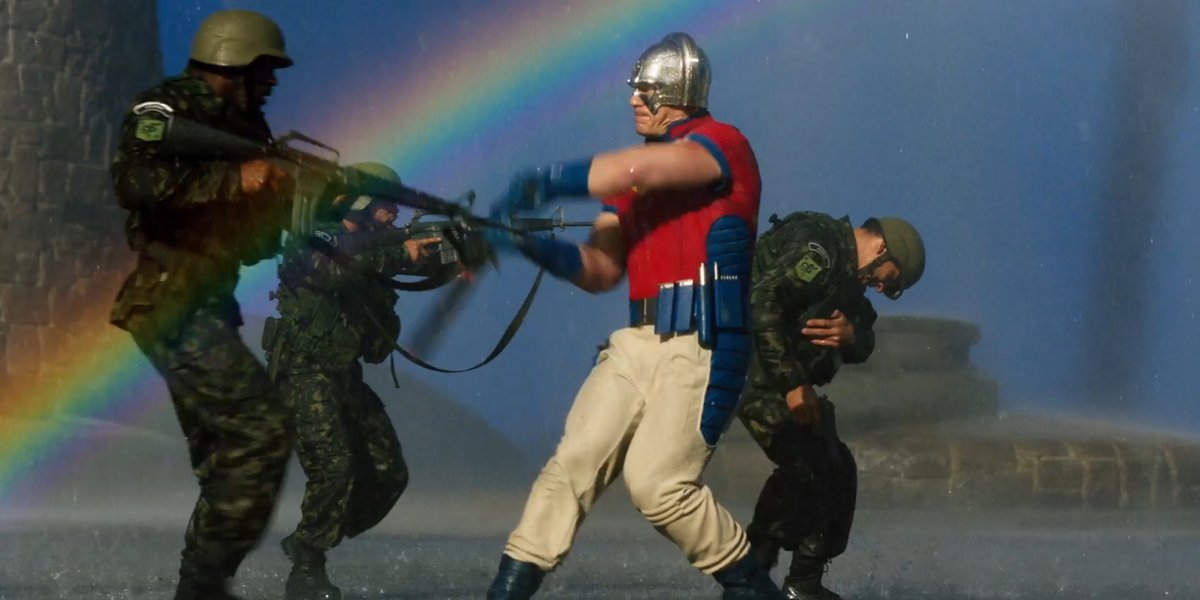
The Massive Way The Suicide Squad’s Post-Credits Scene Changed James Gunn’s Plans For The Peacemaker Series
James Gunn has been vocal in the past about his feelings regarding “meaningful deaths” and his dislike of resurrecting dead characters – the conversation primarily pertaining to Yondu’s sacrifice in Guardians of the Galaxy Vol. 2 – but the filmmaker has a good reason for making the move he did with Peacemaker. Had Gunn made the decision to keep the villain’s death permanent, that would have required the upcoming HBO Max series he is developing to be set before the events of The Suicide Squad, and he came to the conclusion that wasn’t really the story that he was interested in telling.
CINEMABLEND NEWSLETTER
Your Daily Blend of Entertainment News
I had the great pleasure of interviewing James Gunn during the virtual press day for The Suicide Squad in late July, and I directly asked if there was a point when the Peacemaker series was coming together as a prequel story. The filmmaker confirmed that it was, and also explained why he ended up changing course with it:
I did; I thought of it as a prequel, and at the end of the day, I'm like, 'Eh, I hate prequels.' So I just wanted to continue to tell his story, and I thought that I wasn't really interested in seeing who Peacemaker was before all of this, because he's a real piece of work. A lot of the other characters get pretty deep change in this movie where they become much different people by the end of the situation then from beforehand, whereas Peacemaker doesn't; he actually becomes a little worse.
Peacemaker is the kind of guy who never misses an opportunity to be an asshole, and while I suppose one could respect him for the level of dedication he demonstrates, it’s deeply unfortunate that he seems to be most dedicated above all to being a dick. He should be quite a handful for his handlers as he continues to operate as Amanda Waller’s favorite puppet.
Setting the stage for what to expect from Peacemaker, James Gunn exuberantly expressed how the series is now very much set up to be a direct continuation of The Suicide Squad, and also provided a fantastic tease about the new character played by Danielle Brooks. According to Gunn, Brooks’ Leota Adebayo is “the complete political opposite” of John Cena’s Peacemaker, and it allows the streaming series a comparison to one of the greatest sitcoms of all time:
I was just interested to see where he came from, how he became that person and where he could go from there. We've got this incredibly great ensemble show, which is not only him, it's also Jennifer Holland as Emilia Harcourt, who's in the movie. And Steve Agee is John Economos, so two major characters. And then his friendship with Danielle Brooks' character, who's the complete political opposite of him. So it's also a chance... There's sort of an All In The Family thing happening with the politics of the show. So it's really been just an absolute joy to make the TV show.
Peacemaker doesn’t have an official release date set yet, but at present it is being planned for release on HBO Max in January 2022. Meanwhile, The Suicide Squad is now playing both in theaters and also on the aforementioned streaming service.

Eric Eisenberg is the Assistant Managing Editor at CinemaBlend. After graduating Boston University and earning a bachelor’s degree in journalism, he took a part-time job as a staff writer for CinemaBlend, and after six months was offered the opportunity to move to Los Angeles and take on a newly created West Coast Editor position. Over a decade later, he's continuing to advance his interests and expertise. In addition to conducting filmmaker interviews and contributing to the news and feature content of the site, Eric also oversees the Movie Reviews section, writes the the weekend box office report (published Sundays), and is the site's resident Stephen King expert. He has two King-related columns.
